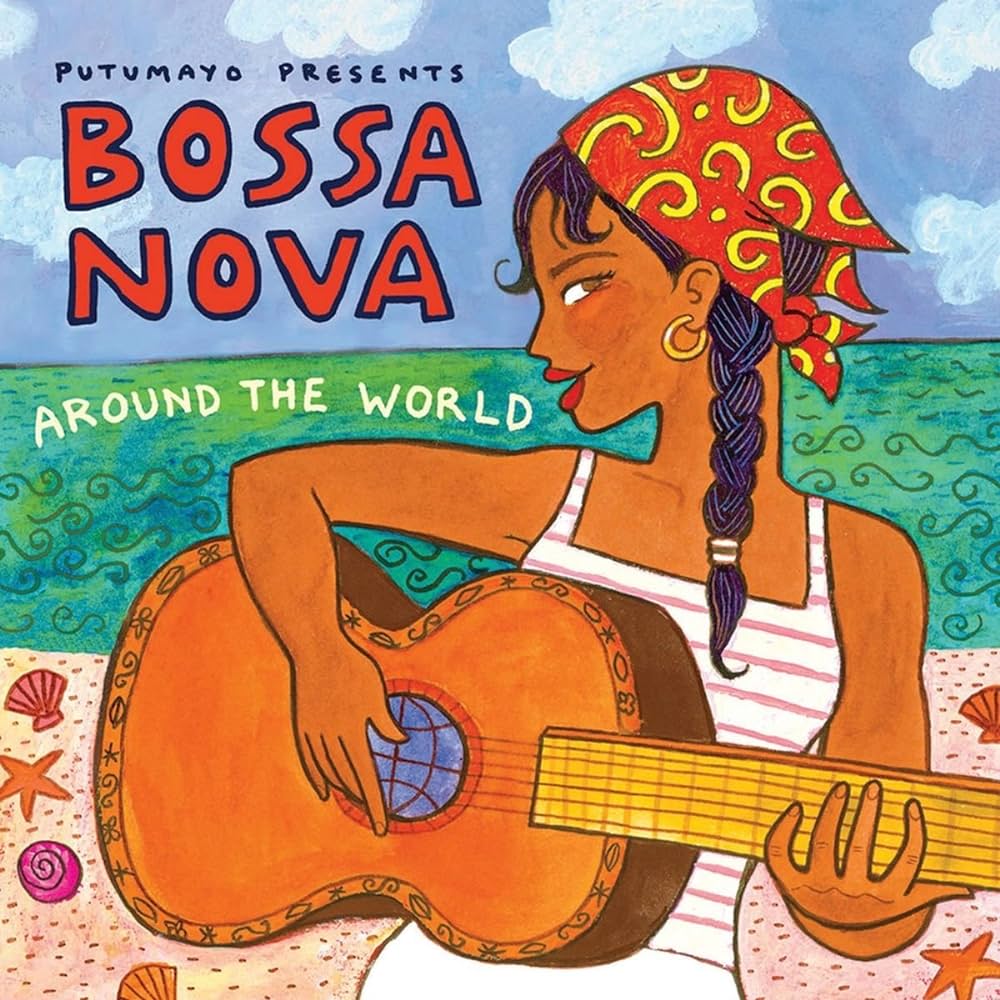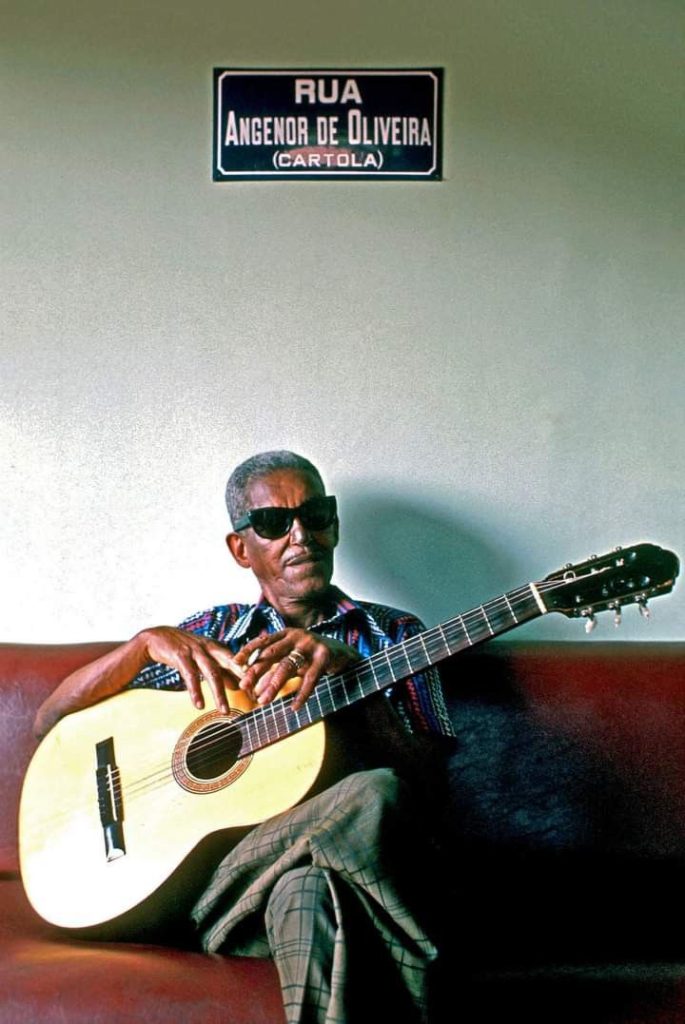The Heartbeat of Brazilian Jazz
Bossa nova, meaning “new wave” in Portuguese, is a genre that emerged in Brazil in the late 1950s, blending samba and jazz into a smooth, melodic style with a laid-back rhythm. Known for its gentle guitar melodies, syncopated beats, and poetic lyrics, bossa nova has become a symbol of Brazilian culture worldwide, loved for its unique ability to evoke images of sunny beaches, romantic evenings, and the warmth of Rio de Janeiro.
The genre emerged in Rio de Janeiro in the late 1950s, a period when young Brazilian musicians were heavily influenced by American jazz, particularly the “cool jazz” style of artists like Miles Davis and Stan Getz. Inspired by this, they began experimenting with softer, more sophisticated takes on samba. The tropical feel of Brazilian rhythms remained, but bossa nova added a refined quality, emphasizing melody over the typical energetic percussion of samba.
This new sound quickly captivated the bohemian circles of Rio, resonating with Brazil’s intellectual and artistic communities who were seeking a fresh cultural identity. Bossa nova’s minimalist style and complex harmonies reflected a modern, forward-thinking Brazil.

Pioneers of Bossa Nova
- João Gilberto – Known as the “father of bossa nova,” Gilberto developed the genre’s characteristic guitar style, a rhythmic, syncopated technique that imitated samba’s percussive patterns. His 1958 recording of “Chega de Saudade” is widely considered the first bossa nova song, setting the standard for the genre.
- Antonio Carlos Jobim (Tom Jobim) – A legendary composer and pianist, Jobim wrote some of bossa nova’s most enduring songs, including “Garota de Ipanema” (The Girl from Ipanema), “Desafinado,” and “Corcovado.” His compositions combined sophisticated melodies with lyrics that captured the beauty of Brazil’s landscapes and the melancholy of love.
- Vinícius de Moraes – A poet and lyricist, de Moraes brought a lyrical depth to bossa nova, writing words that gave the genre its romantic, introspective feel. His collaborations with Jobim led to iconic songs that remain beloved worldwide.
- Astrud Gilberto – Astrud’s iconic, gentle voice in “The Girl from Ipanema” popularized bossa nova in the United States. Her breathy vocals and understated delivery became defining characteristics of the genre’s sound.
These artists laid the groundwork for bossa nova’s unique blend of Brazilian rhythm and jazz harmonies, giving the genre a sound that was distinct, sophisticated, and highly evocative.

The Sound and Rhythm of Bossa Nova
Bossa nova is often performed with acoustic guitars, piano, soft percussion, and light bass lines. The rhythm is intricate yet gentle, characterized by a syncopated pattern that’s typically played on the guitar, creating a feel that’s both relaxed and subtly complex. The guitar style emulates the syncopated beats of samba, played in a way that allows for both harmony and rhythm to intertwine seamlessly.
Vocals in bossa nova are soft and often understated, with a conversational quality that feels intimate and natural. Unlike the powerful singing style of traditional samba, bossa nova singers typically use a breathy, almost whispered tone, drawing listeners into the music’s gentle, reflective mood.
Lyrically, bossa nova songs often focus on themes of love, nature, and nostalgia. The lyrics evoke scenes of Brazilian landscapes, such as beaches and mountains, and they frequently express a deep sense of longing (known as “saudade” in Portuguese) that’s quintessential to Brazilian culture.
